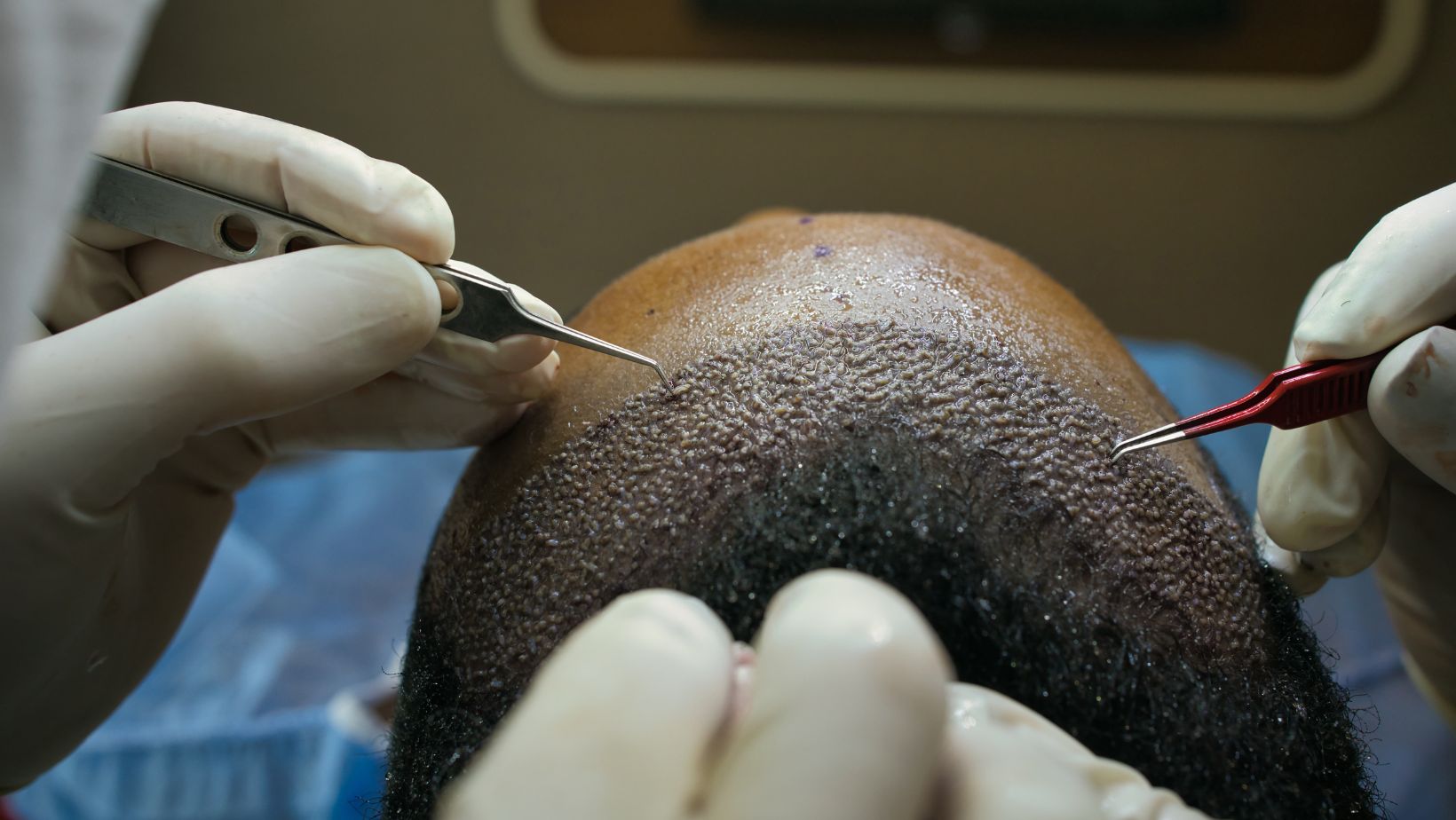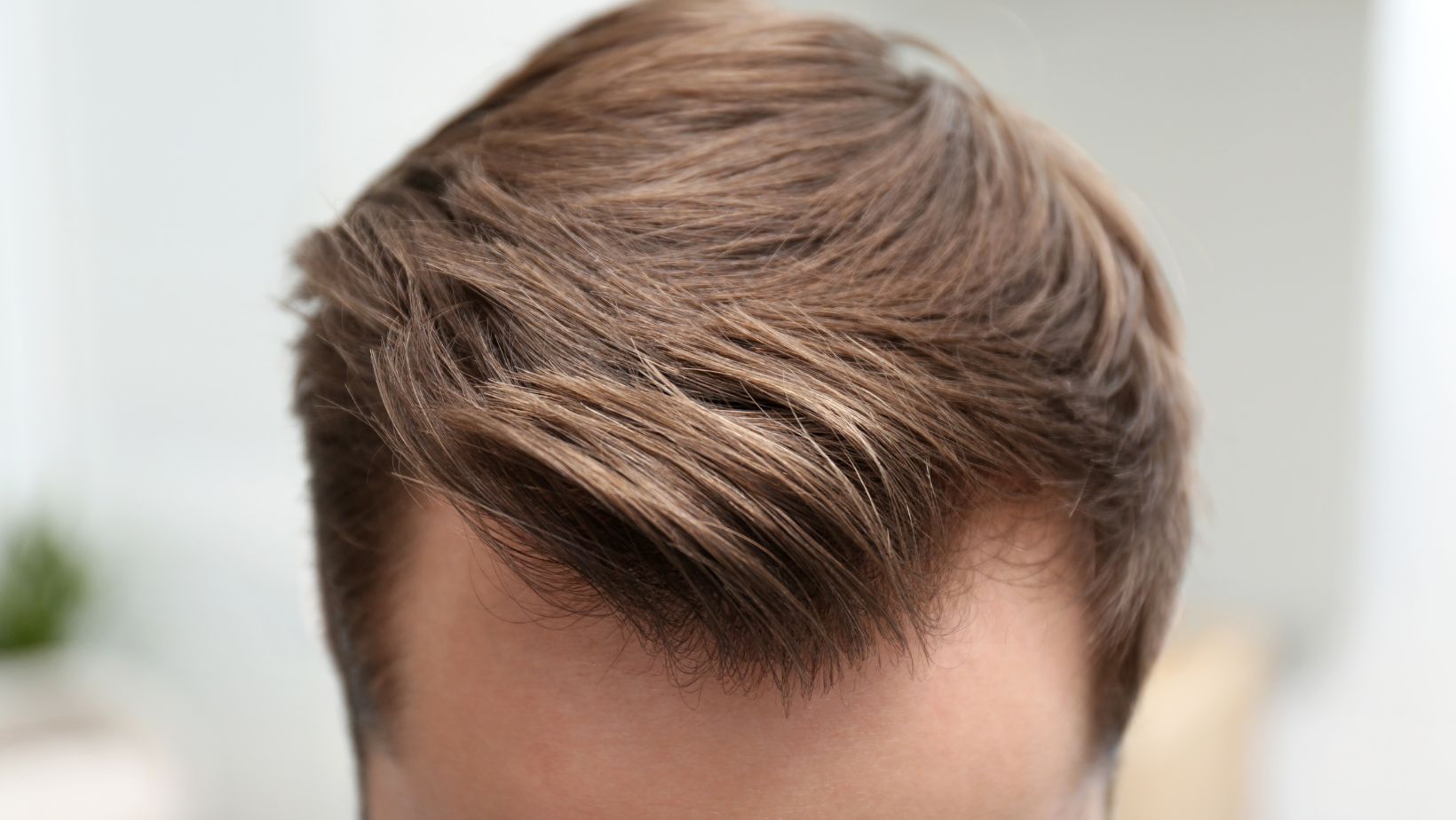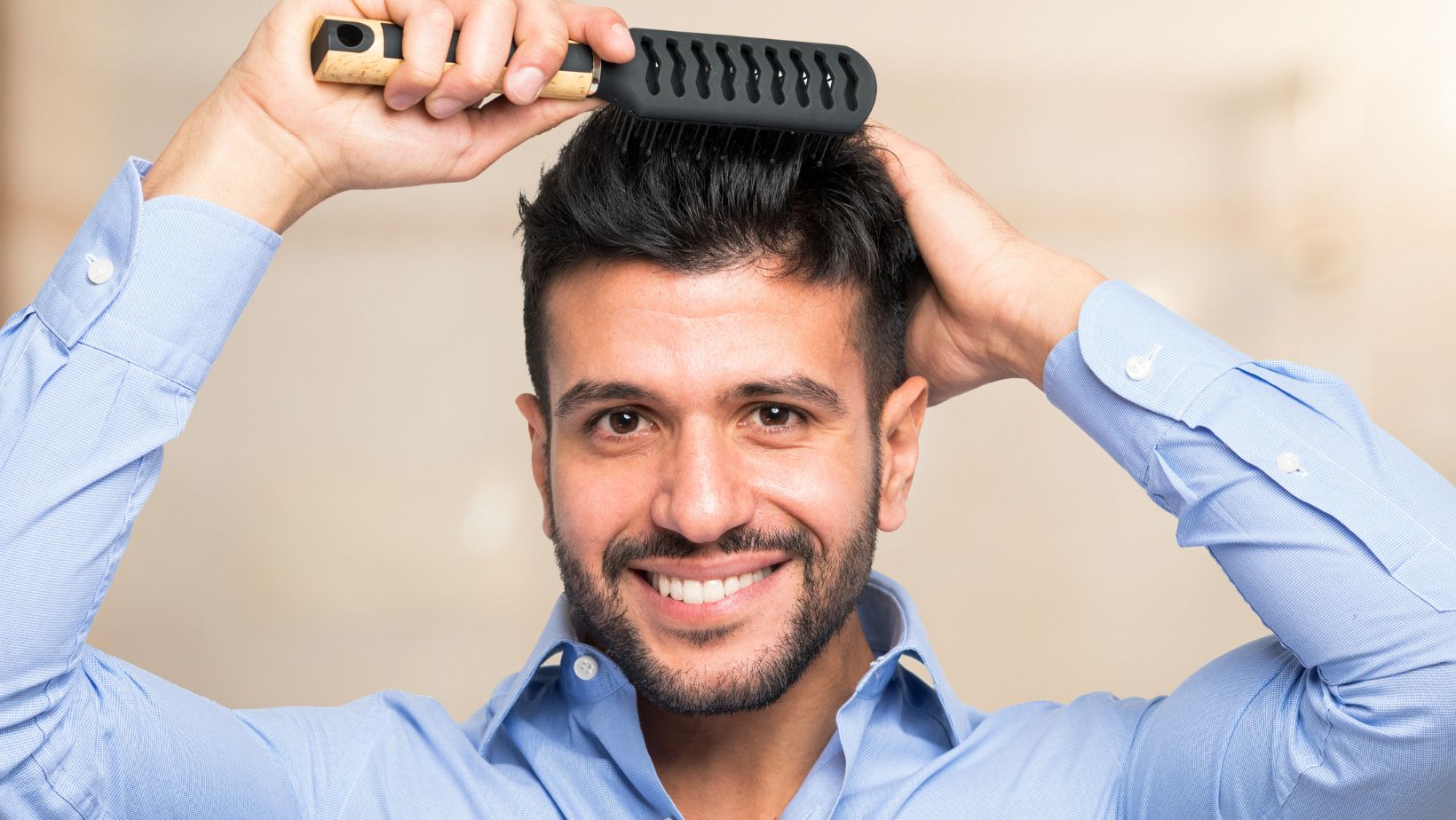Hair Transplant: A Beauty Trend or Life-changing Experience

Gone are the days when hair transplants were whispered about, dismissed as just another fleeting beauty trend. Over the years, this procedure has transformed lives, moving from the pages of fashion magazines to the real-world stories of countless individuals. As society’s definition of beauty has evolved, so has the popularity of this life-changing experience. In the U.S., the hair transplant industry is booming, shedding light on its undeniable significance. But what drives this surge, and why is it more than just a trend?
The Importance of Hair in Modern Society
There’s an age-old saying that hair is one’s crowning glory, and modern society firmly attests to this belief. A luxurious mane is often synonymous with vitality, charisma, and desirability. In countless cultures, luscious locks symbolize youth, vigor, and health. Our screens are filled with celebrities flaunting perfect hair, reinforcing its paramount importance.
Hair, in many ways, becomes an outward projection of our identity and self-worth. It’s no wonder that as strands thin and hairlines recede, many feel an integral part of their essence fade away. In a world where first impressions are pivotal, where selfies and social media rule, hair is not just an accessory; it’s a statement, a testament to one’s health, youth, and overall attractiveness.
Hair Transplant Procedures: The Technical Aspect
When someone says hair transplant, it may conjure up images of old, unconvincing plugs or painfully obvious hairlines. But the reality today couldn’t be further from that. Modern hair transplant procedures are marvels of medical science. The process typically involves removing hair follicles from a ‘donor’ area (usually the back or sides of the head) and transplanting them to a balding or thinning section.
Two popular methods dominate the scene: Follicular Unit Transplantation (FUT) and Follicular Unit Extraction (FUE). As technology strides forward, these procedures have become more refined, ensuring natural-looking results with minimal scarring. The downtime? It’s decreased remarkably, letting individuals step back into their routines with newfound confidence.
Beyond Aesthetics: Psychological and Emotional Impacts
We often hear, “It’s just hair,” but for many, it’s an integral piece of their identity puzzle. The emotional toll of hair loss is heavy, sometimes leading to anxiety, depression, or a plummeting self-esteem. Individuals might start avoiding social gatherings, shying away from photographs, or constantly seeking hats or scarves to mask their reality.

Enter hair transplants. The transformative power of these procedures isn’t just skin (or scalp) deep.
Risks and Rewards: What to Consider
Jumping into the world of hair transplants isn’t without its hitches. While the rewards are bountiful – a lush hairline, rejuvenated confidence, and a more youthful appearance – it’s imperative to be aware of the other side of the coin. The cost can be steep, sometimes stretching into the thousands, and insurance rarely covers it since it’s often categorized as a cosmetic procedure. The post-procedure phase demands patience; there’s some recovery time involved, swelling, and potential scabbing.
Moreover, like any surgery, there’s a risk of infection or complications. And there’s no universal guarantee: results can vary based on the individual and the expertise of the surgeon. Knowledge is power, and prospective patients should arm themselves with all the facts, weigh the risks against the rewards, and make an informed decision.
A Global Perspective: Hair Transplants Around the World
It’s fascinating to see how the hair transplant narrative changes as we cross borders. Globally, hair transplants have emerged as a sought-after procedure, with countries like Turkey leading the charge. The motivations differ: while in some cultures, it’s driven by the glamor of the entertainment industry, in others, it’s deeply rooted in societal norms and perceptions of masculinity or femininity.
Some regions have positioned themselves as hair transplant hubs, offering competitive prices without compromising on quality. Medical tourism is flourishing as individuals travel abroad, seeking expertise and affordability. This worldwide demand not only underscores the universal desire for lush locks but also the varying cultural contexts that fuel it.

As the global hair transplant market continues its upward trajectory, it provides a mirror to our shared human experiences, transcending borders and redefining beauty standards on a global scale.
Conclusion: The Bigger Picture
At the end of the day, hair transplants are more than just about achieving a full head of hair. They represent a journey of transformation, from battling insecurities to embracing a renewed self. In our society, where aesthetics often overshadow deeper values, it’s essential to remember that procedures like these have profound emotional and psychological dimensions.
For many, it’s a step towards self-acceptance, a reclaiming of lost confidence. For others, it’s a new beginning. As with any personal choice, it’s crucial to see beyond the trend and recognize the deeper layers of impact, both on the self and the societal fabric.
What's Your Reaction?
Deepak is a lover of nature and all things sporty. He loves to spend time outdoors, surrounded by the beauty of the natural world. Whether he's hiking, biking, or camping, Deepak enjoys being active and in touch with nature. He also loves to compete and push himself to his limits. Deepak is an avid cyclist, runner, and swimmer. He has competed in several triathlons and marathons, and is always looking for new challenges to take on.



